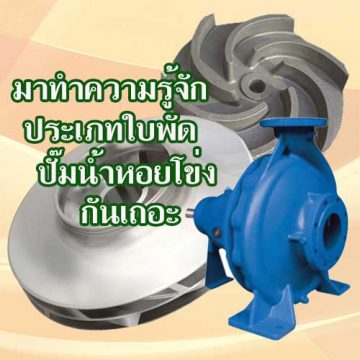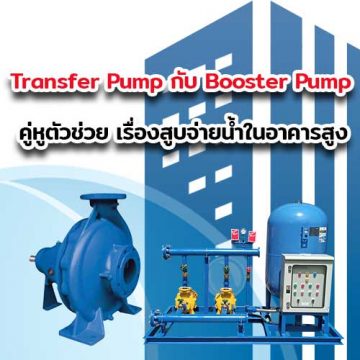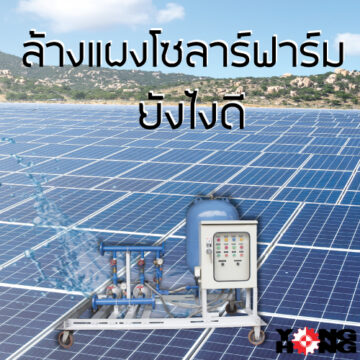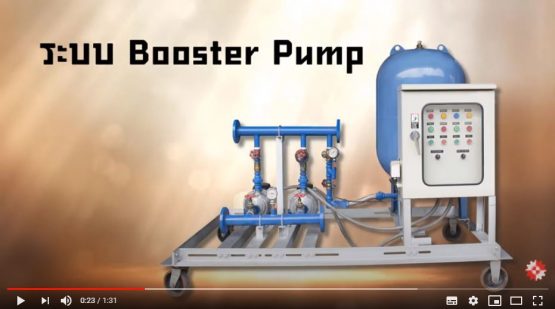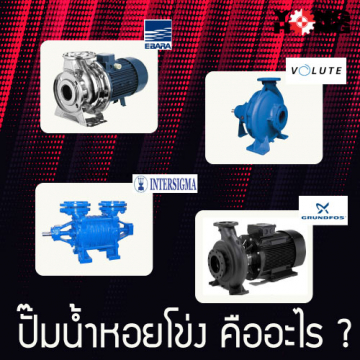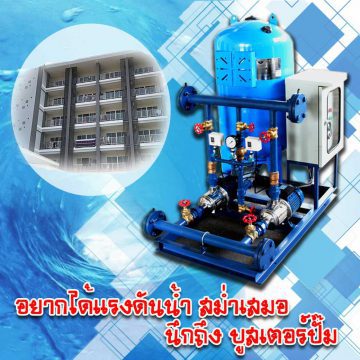A water hammer, also known as hydraulic shock, is a phenomenon that occurs in a piping system when there is a sudden change in the flow or velocity of the water. can lead to the generation of pressure waves that travel through the piping system can cause damage
Water Hammer Causes
- Water start-up : A water hammer usually starts with a steady flow of water in a piping system. This flow can be generated by opening or closing the valve. Starting or stopping the pump or sudden changes in the system
- Water Velocity Changes : A sudden change in water velocity can trigger a water hammer. This can happen due to the sudden closing of the valve. Quick start or shutdown of the pump or water released suddenly from a pressurized power starting point.
- Generation of a pressure wave : when the water velocity changes suddenly The kinetic energy of the moving water is converted into pressure energy. As a result, the pressure inside the piping system increases rapidly.
- Reflection and Interference : Pressure waves can reflect and disturb other currents within the piping system. This can lead to multiple pressure waves accumulating one another, resulting in intense water hammer. can go up
- Consequences of Water Hammer : It can negatively affect the piping system in many ways. This includes increased pressure build-up in pipes, fittings and valves, possible pipe bursts or leaks. May cause damage to equipment/measuring equipment. and sound or vibration
There are several ways to prevent Water Hammer. Including the installation of surge control devices such as surge suppression tanks, air chambers or surge relief valves. In addition, the design and size of pipes, valves and pumps are appropriate. Including the use of a gradual flow control method. Can help reduce the occurrence and severity of Water Hammer.
View products: @YHTCH




